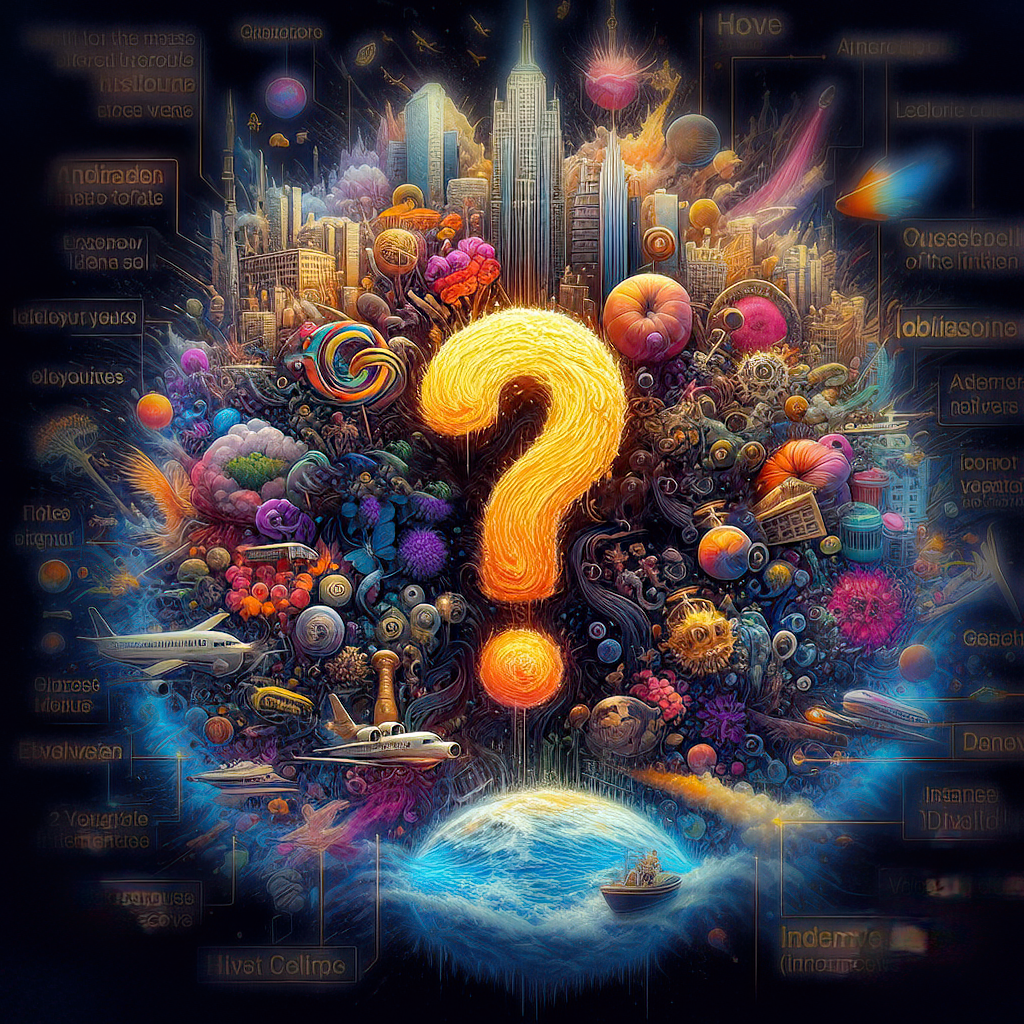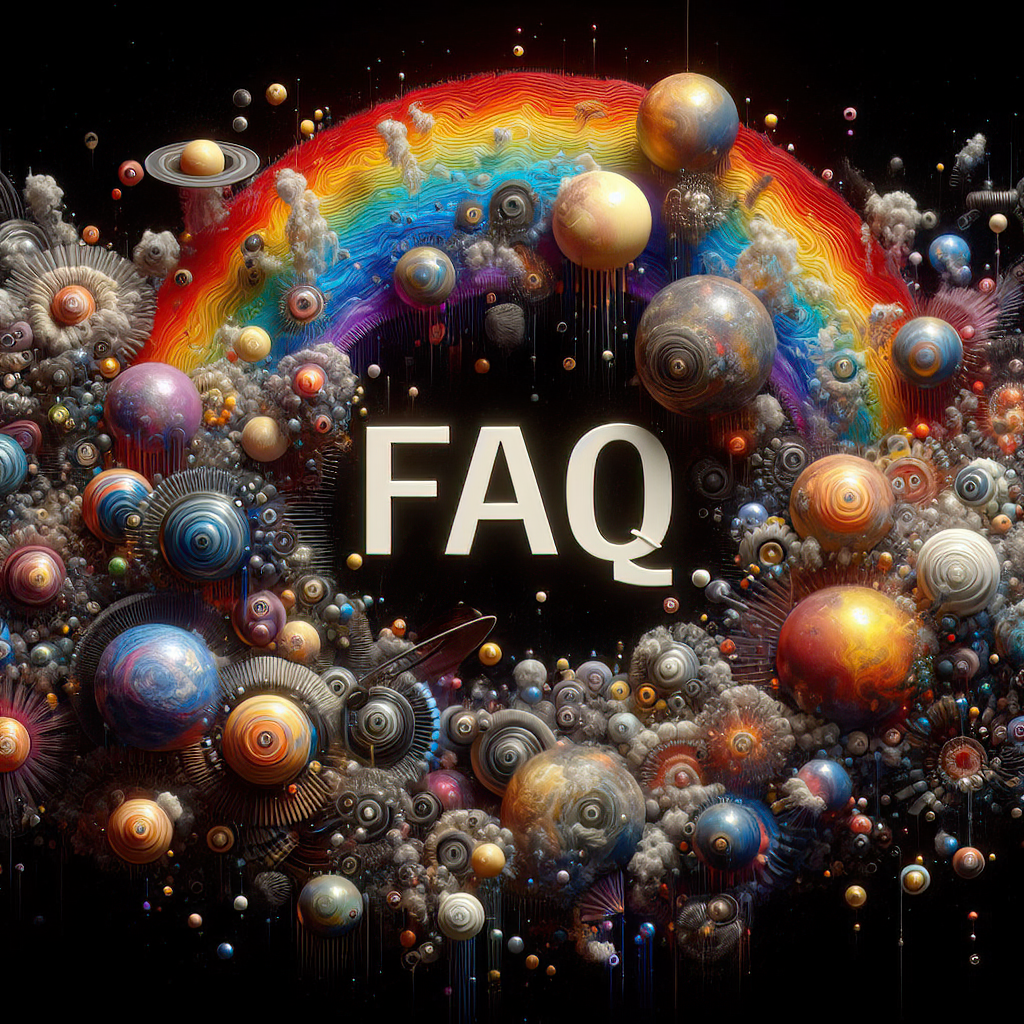
par Bill Tiepelman
Archétypes de personnages et leurs représentations visuelles
Dans toute bonne histoire, les personnages sont l'élément vital qui maintient le lecteur en haleine. Mais qu'est-ce qui rend certains personnages si mémorables ? Ce sont leurs archétypes, ces modèles intemporels de comportement et de personnalité qui trouvent un écho auprès du public. Du héros audacieux au filou rusé, les archétypes puisent dans les expériences humaines universelles, rendant les personnages attachants et captivants. Mais voici un secret que beaucoup d'écrivains négligent : la représentation visuelle d'un personnage peut être tout aussi puissante que sa personnalité. La façon dont vous décrivez son apparence, ses vêtements, sa posture et même les couleurs qui lui sont associées peut renforcer son impact. Dans ce blog, nous explorerons les archétypes de personnages courants et comment utiliser les détails visuels pour leur donner vie. Que sont les archétypes de personnages ? Les archétypes sont des rôles ou des modèles récurrents dans la narration, ancrés dans la mythologie, la psychologie et la culture. Ils fournissent un cadre pour créer des personnages à la fois familiers et nouveaux. Considérez les archétypes comme une base : vous pouvez vous appuyer sur eux, les détourner ou les subvertir pour les adapter à votre histoire. Certains archétypes classiques incluent : Le héros : courageux, déterminé et motivé par une noble cause. Le mentor : sage, expérimenté et un guide pour le protagoniste. Le méchant : sombre, ambitieux et souvent le reflet des défauts du héros. Le Trickster : Intelligent, espiègle et imprévisible, souvent un catalyseur de changement. L'aidant : compatissant, attentionné et altruiste, faisant toujours passer les autres en premier. Bien que ces archétypes soient un point de départ, la véritable magie se produit lorsque vous ajoutez des couches de profondeur et d’originalité à travers leurs visuels. 1. Le héros : Visualiser la bravoure Le héros est souvent la pièce maîtresse de votre histoire, et sa représentation visuelle doit refléter sa force, son courage et son cheminement intérieur. Considérez : Posture : Un héros se tient droit, les épaules confiantes et la démarche déterminée. Même dans les moments de doute, son physique suggère une certaine résilience. Vêtements : Les héros portent souvent des tenues pratiques ou symboliques : une armure de chevalier, une veste de pilote ou même une tenue simple qui reflète leurs humbles débuts. Couleurs : utilisez des couleurs vives et inspirantes comme le rouge (passion), le bleu (honneur) ou l’or (succès) pour représenter leur rôle. Exemple : Katniss Everdeen de Hunger Games porte des vêtements simples et utilitaires qui reflètent son sens pratique et ses capacités de survie, mais son costume fougueux de Geai Moqueur devient un symbole de rébellion et d'espoir. 2. Le mentor : la sagesse dans chaque détail Les mentors sont les forces qui guident le parcours d'un héros, et leurs images doivent refléter la sagesse et l'expérience. Pensez à : Âge et apparence : une barbe grisonnante, des rides autour des yeux ou une expression sereine peuvent suggérer une vie de connaissances. Accessoires : Les mentors portent souvent des objets symboliques (un bâton, un livre ou un talisman) qui reflètent leur expertise. Couleurs : Les tons terreux comme le marron et le vert évoquent une sagesse ancrée, tandis que le blanc ou l'or peuvent suggérer l'illumination. Exemple : Gandalf du Seigneur des Anneaux est immédiatement reconnaissable avec sa robe grise flottante, sa longue barbe et son bâton emblématique, incarnant l'archétype du guide sage. 3. Le méchant : visualiser l'obscurité Un grand méchant doit être aussi frappant visuellement que complexe moralement. Son apparence peut projeter de la puissance, de la peur ou même un charme trompeur. Considérez : Silhouettes : des angles vifs, des capes fluides ou des traits exagérés peuvent rendre les méchants visuellement imposants. Contrastes : utilisez des couleurs sombres comme le noir, le rouge ou le violet foncé pour souligner le danger, mais pensez à ajouter un élément inattendu (par exemple, un costume blanc immaculé) pour susciter l'intrigue. Traits du visage : des cicatrices, des yeux dépareillés ou un visage étrangement parfait peuvent laisser entrevoir leur trouble intérieur ou leur nature sinistre. Exemple : La silhouette imposante de Dark Vador, sa respiration mécanique et son armure noire élégante font de lui un méchant inoubliable qui inspire la peur et le respect. 4. Le Trickster : la malice dans les moindres détails Les farceurs se nourrissent d'imprévisibilité, et leurs visuels doivent refléter leur énergie ludique et chaotique. Pensez à : Posture et mouvement : Les farceurs ont souvent une manière de se déplacer lâche et fluide, toujours prêts à passer à l'action ou à faire des bêtises. Vêtements : Leurs tenues peuvent être excentriques, colorées ou remplies d'outils et d'astuces cachés. Couleurs : Des couleurs vives et contrastées comme l’orange, le jaune ou le violet soulignent leur nature originale et accrocheuse. Exemple : Loki de l'univers Marvel associe un sourire élégant et malicieux à une armure verte et dorée flamboyante, reflétant sa ruse et son sens du drame. 5. Le soignant : visualiser la compassion Les soignants dégagent de la chaleur et leurs visuels doivent leur donner l'impression d'être accessibles et attentionnés. Pensez à : Expressions : Un sourire doux, des yeux doux ou une posture ouverte qui invite à la confiance. Vêtements : Des tenues pratiques et confortables qui suggèrent une volonté d’aider, comme des tabliers ou des tuniques simples. Couleurs : Des teintes apaisantes comme des roses, des bleus ou des verts doux évoquent leur présence apaisante. Exemple : Molly Weasley de Harry Potter incarne l’archétype de la soignante avec ses pulls chauds, son comportement gentil et sa protection féroce de sa famille. Mélanger et subvertir les archétypes Bien que les archétypes constituent une base, vos personnages ne doivent pas nécessairement s'intégrer parfaitement dans une seule case. Mélanger les archétypes ou subvertir leurs repères visuels peut ajouter de la complexité : Le héros avec un côté méchant : un protagoniste qui porte du noir, faisant allusion à son obscurité intérieure. Le méchant déguisé : un antagoniste apparemment charmant, vêtu de pastel, qui cache un programme dangereux. Le mentor devenu farceur : un guide sage qui utilise l'humour et la tromperie pour enseigner des leçons. Briser le moule permet de garder vos personnages frais et inattendus tout en conservant leur attrait archétypal. Réflexions finales Les archétypes de personnages sont intemporels pour une raison : ils puisent dans des vérités universelles sur l'humanité. Mais c'est la façon dont vous leur donnez vie visuellement qui les rend inoubliables. En utilisant la posture, les vêtements, les couleurs et les détails symboliques, vous pouvez transformer des archétypes familiers en personnages riches et multidimensionnels qui sautent aux yeux. Alors la prochaine fois que vous créez un personnage, pensez à ce à quoi il ressemblerait à l'écran ou dans un tableau. Son apparence pourrait bien être la clé pour révéler son âme. Donnez vie à vos personnages grâce à des services de conception professionnels Les archétypes de personnages sont la base d'une bonne narration, mais leur véritable pouvoir réside dans la façon dont ils prennent vie. Imaginez voir votre héros, votre méchant ou votre farceur réalisé visuellement, avec chaque détail reflétant sa personnalité et son parcours. Chez Unfocussed Photography and Imaging , nous sommes spécialisés dans la transformation de vos idées de personnages en représentations visuelles époustouflantes. Illustrations de personnages personnalisées : collaborez avec nos artistes pour créer des portraits détaillés de vos personnages qui correspondent à leurs archétypes et à leurs traits. Visuels de création de monde : enrichissez le monde de votre histoire avec des conceptions sur mesure pour les paramètres, les symboles et les accessoires qui reflètent les rôles de vos personnages. Marketing et promotion : utilisez des visuels conçus par des professionnels pour les couvertures de livres, le matériel promotionnel ou les campagnes sur les réseaux sociaux. Vos personnages méritent de se démarquer : laissez-nous vous aider à les rendre inoubliables. Découvrez nos services dès aujourd’hui et donnez vie à vos personnages comme jamais auparavant !








